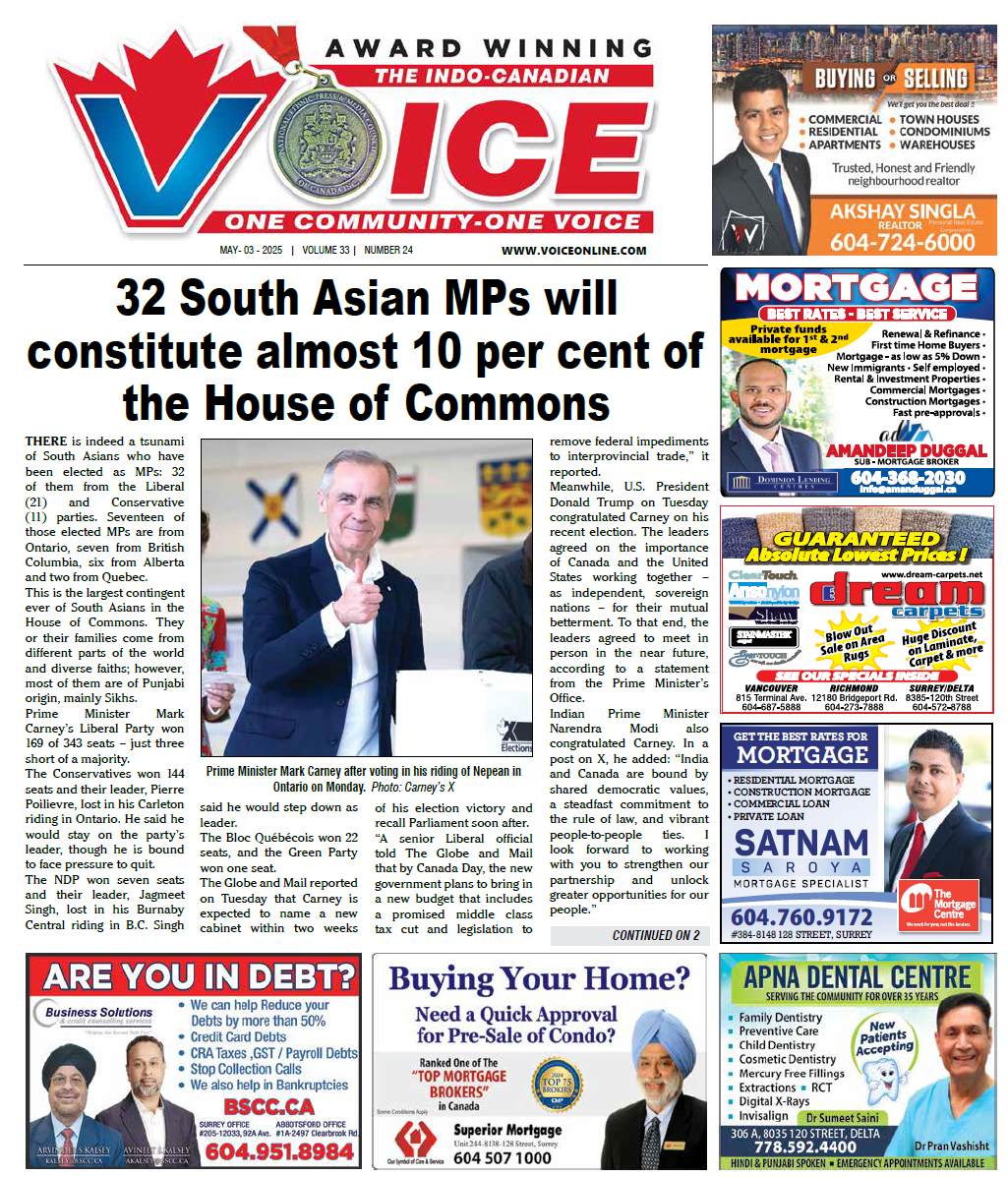INCREASING supports and services in the first year of the COVID-19 pandemic helped some of B.C.’s most vulnerable people, as outlined in the 2020 annual report on poverty reduction.
Tabled in the legislature on October 4, TogetherBC: British Columbia’s Poverty Reduction Strategy 2020 Annual Report details cross-government initiatives to reducing poverty and addressing the impacts of COVID-19 on vulnerable populations. TogetherBC is the Province’s first poverty reduction strategy and aims to reduce B.C.’s overall poverty rate by 25% and the child poverty rate by 50% by 2024.
“After the first year of implementing our poverty reduction strategy, we’ve managed to exceed our targets,” said Nicholas Simons, Minister of Social Development and Poverty Reduction, on Monday. “At the same time, it is important that we recognize that the impacts of the COVID-19 pandemic will not be fully understood for some time, but it is clear that our cross-government approach to better connect people with the services they need, and building a culture of empathy and understanding has been working well.”
To support people through the first year of the pandemic, government introduced a suite of supports and services, including:
* further increasing the minimum wage for low-income earners;
* freezing rents and halting evictions;
* providing emergency funding for child care providers;
* providing funding for emergency food bank delivery options;
* providing a temporary COVID-19 crisis supplement for people on income or disability assistance and low-income seniors, and allowing people on income or disability assistance to keep federal and provincial COVID-19 support payments without being penalized;
* working with local governments to move hundreds of people living in encampments in Vancouver and Victoria into safe, indoor accommodations; and
* improving internet access in rural and Indigenous communities.
“Real tangible progress towards verifiable measures of poverty reduction is what we were hoping to see in this second annual report. We were not disappointed,” said Catherine Ludgate, Chair, Poverty Reduction Advisory Committee. “Despite the enormous challenge of responding to the COVID-19 pandemic, the Province continued to show commitment in tackling the depth and breadth of poverty in B.C. and exceeded its targets.”
According to the most recent Statistics Canada data from 2019, B.C. met its targets by reducing the overall poverty rate by 29.4% and the child poverty rate by 57.6% from 2016.
While the 2020 annual report outlines the Province’s efforts to mitigate the social and economic impacts of the COVID-19 pandemic on B.C.’s vulnerable and marginalized populations, it does not fully reflect the effects of the pandemic on poverty in B.C., which will be addressed in future reports, the Province said.








